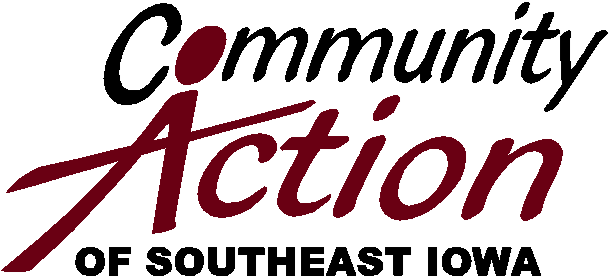Causes and Conditions of Poverty
At Community Action we often talk about “causes” and “conditions” of poverty. But what does that mean? How do we make the distinction and what difference does it make?
Causes of poverty are generally things that put people in poverty or are reasons they still struggle in poverty. Causes of poverty may be barriers to success or where there are identified gaps. The assumption is that if this cause was fixed or removed people would no longer be in poverty.
Common identified causes of poverty are:
- Unemployment
- Underemployment
- Unaffordable housing
- Debt/Creditors/Predatory lending
- Lack of education/training
- Lack of opportunity
- Lack of transportation
- Lack of affordable or available childcare
- Poor health
- Disability
- Budgeting mistakes
- Lack of informal supports
- Abuse/domestic violence/trauma
- Addictions
Conditions of poverty are the affects of having a low income; what is experienced as a life situation. We usually talk about them as they affect an individual or family. Because people are in poverty they experience different conditions, affects, or life situations by being in poverty.
Common identified conditions of poverty are:
- Homelessness
- Evictions/frequent moves/housing insecurity
- Food insecurity/hunger
- Poor health
- Hopelessness
- Lack of resources to meet basic needs
- Unsafe situations
- Lack of education/training
- Lack of opportunity
- Lack of transportation
- Lack of affordable or available childcare
Sometimes a cause of poverty can also be a condition. Take for example “Sally” who does not have transportation.
Sally has a high school diploma and lives with her parents in West Point, Iowa, a town of 900 people. She walks to work at the local gas station where she works part time. Sally and her parents are in poverty. There are several full time job openings at a factory in Fort Madison 10 miles away, but she doesn’t have transportation to get there. If she had a car she could potentially get the job at the factory making $16.40 per hour 40 hours a week ($34,112 per year) compared to the $9 per hour at the gas station 20 hours a week ($9,360 per year). If she had a car. Not having a vehicle is a cause of her being in poverty.
Not having a vehicle is also a condition of her poverty. Sally while living with her parents is paying on some college courses she took, has to pay for food, hygiene items, her cell phone, normal budget expenses, and she helps her parents with rent and utilities. The small amount of wages she receives by working at the gas station hasn’t allowed her to save much. Because Sally is in poverty, she doesn’t have a reliable vehicle. It is a condition of her poverty.
What we know about poverty and how we look at poverty affects how we go about solutions, helps, programs, services, and working to overcome poverty at a family and community level.
This is just a summary and a few examples. Take a look at the below for more resources and learning:
- Take a short course on A Brief History of Poverty in America by the Iowa Community Action Association (ICAA)
- Explore local causes and conditions of poverty by reading our 2022 Community Needs Assessment or our 2019 Community Needs Assessment
- A PowerPoint on Analyzing the Causes and Conditions of Poverty by the National Community Action Partnership
